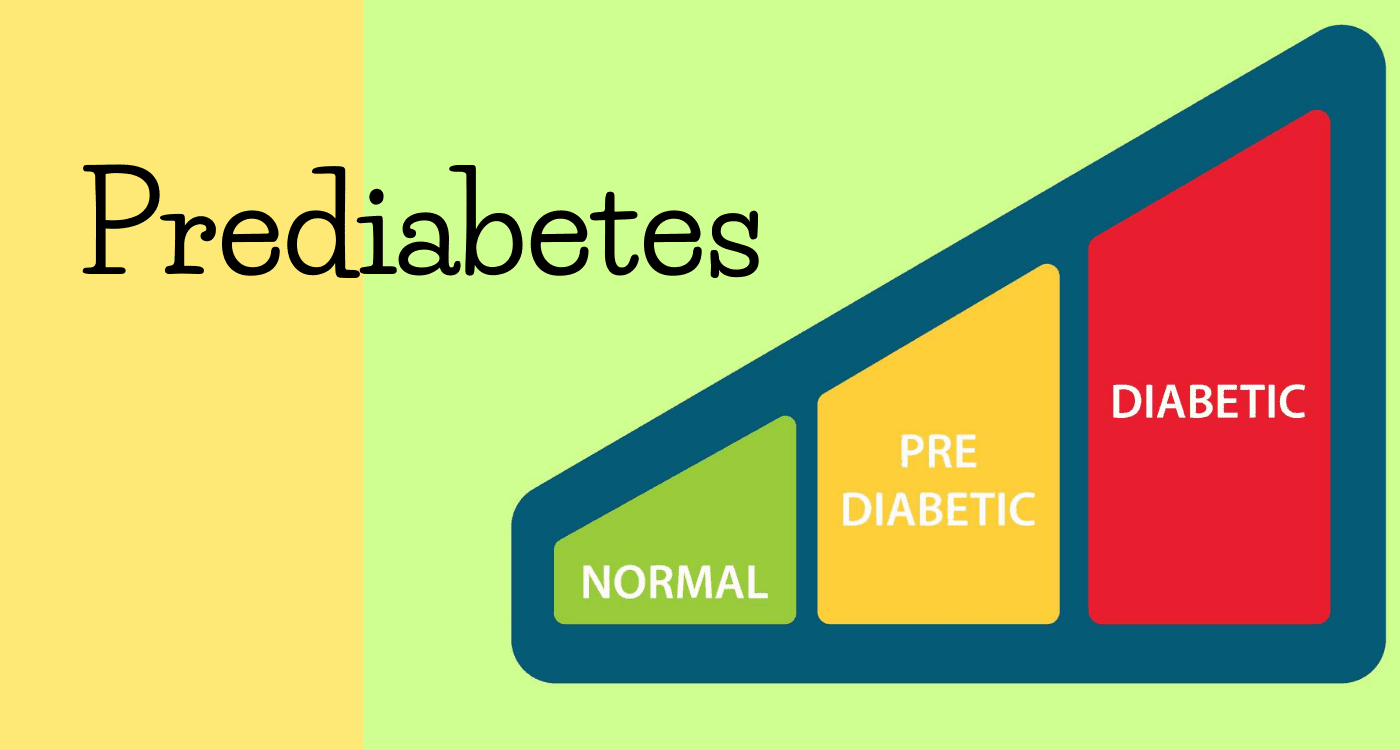Understanding Prediabetes: Symptoms, Causes, and Prevention

Introduction
Prediabetes is when blood glucose levels are higher than normal but not high enough to be classified as diabetes. According to the Centers for Disease Control and Prevention (CDC), around 88 million adults in the United States have prediabetes, and 84% do not even know they have it.
Prediabetes is a warning sign that you are at risk of developing type 2 diabetes, heart disease, and stroke.
This article will discuss the symptoms, causes, and prevention strategies of prediabetes.
Symptoms of Prediabetes
Prediabetes does not usually cause symptoms, so it often goes undiagnosed. However, some people may experience the following symptoms:
- Increased thirst: You may feel thirsty more often than usual and need to urinate more frequently.
- Fatigue: You may feel tired and lack energy even after a good night’s sleep.
- Blurred vision: You may experience blurred vision, especially after meals.
- Slow-healing wounds: Wounds may take longer to heal than usual.
- Tingling in hands and feet: You may experience a tingling or numbness sensation in your hands and feet.
If you experience any of these symptoms, seeing a healthcare provider and getting tested for prediabetes is important.
Causes of Prediabetes
Prediabetes is caused by insulin resistance, which means your body does not use insulin effectively. Insulin is a hormone the pancreas produces that helps your body convert glucose into energy.
When your body becomes resistant to insulin, your blood glucose levels rise, leading to prediabetes.
Some risk factors for prediabetes include:
- Family history of diabetes: If you have a family history of diabetes, you are more likely to develop prediabetes.
- Overweight or obese: Being overweight or obese increases your risk of prediabetes.
- Sedentary lifestyle: Lack of physical activity can increase your risk of prediabetes.
- High blood pressure: High blood pressure can increase your risk of prediabetes.
- High cholesterol: Having high cholesterol levels can increase your risk of prediabetes.
- Gestational diabetes: If you had gestational diabetes during pregnancy, you are at higher risk of developing prediabetes.
- Polycystic ovary syndrome (PCOS): PCOS is a hormonal disorder that can increase your risk of prediabetes.
Prevention of Prediabetes
Prediabetes can be prevented or delayed by making lifestyle changes. Here are some prevention strategies:
- Eat a healthy diet: Eating a balanced diet low in sugar and refined carbohydrates can help prevent prediabetes. Include plenty of vegetables, fruits, whole grains, and lean proteins.
- Exercise regularly: Regular physical activity can help improve insulin sensitivity and prevent prediabetes. Aim for at least 30 minutes of moderate-intensity exercise, such as brisk walking, most days of the week.
- Lose weight: If you are overweight or obese, losing weight can help improve insulin sensitivity and prevent prediabetes.
- Manage stress: Chronic stress can increase your risk of prediabetes. Find healthy ways to manage stress, such as meditation, yoga, or deep breathing exercises.
- Get enough sleep: Lack of sleep can increase your risk of prediabetes. Aim for 7-8 hours of sleep per night.
- Quit smoking: Smoking increases your risk of prediabetes and other health problems. Quitting smoking can help reduce your risk.
- Limit alcohol consumption: Excessive alcohol consumption can increase your risk of prediabetes. Limit your alcohol consumption to one drink per day for women and two for men.
Diagnosis of Prediabetes
Prediabetes can be diagnosed through a blood test. The most common test to diagnose prediabetes is the hemoglobin A1c (HbA1c) test. This test measures your average blood glucose levels over the past two to three months.
An HbA1c level of 5.7% to 6.4% indicates prediabetes. If your HbA1c level is higher than 6.5%, you may have diabetes.
Other tests that may diagnose prediabetes include the fasting plasma glucose (FPG) test and the oral glucose tolerance test (OGTT).
Treatment of Prediabetes
The goal of treatment for prediabetes is to prevent or delay the onset of type 2 diabetes. Treatment may include:
- Lifestyle changes: Making lifestyle changes, such as eating a healthy diet, exercising regularly, and losing weight, can help prevent or delay the onset of type 2 diabetes.
- Medications: Some medications may be prescribed to help lower blood glucose levels and prevent the progression to type 2 diabetes. These medications may include metformin, acarbose, orlistat, and liraglutide.
- Monitoring: Regular monitoring of blood glucose levels can help identify any changes and help determine if treatment is working.
Conclusion
Prediabetes is a common condition that often goes undiagnosed. It is a warning sign that you are at risk of developing type 2 diabetes, heart disease, and stroke.
However, lifestyle changes can prevent or delay prediabetes, such as eating a healthy diet, exercising regularly, losing weight, managing stress, getting enough sleep, quitting smoking, and limiting alcohol consumption.
If you experience any symptoms of prediabetes or have any risk factors, it is important to see a healthcare provider and get tested. Early diagnosis and treatment can help prevent or delay the onset of type 2 diabetes and improve your overall health.